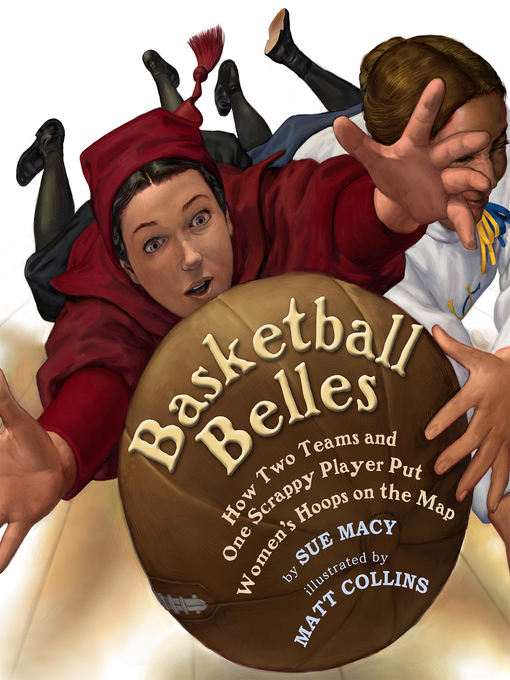Raised on a cattle ranch, Agnes Morley was sent to Stanford University to learn to be a lady. But in April 1896 she made history by leading her team to victory in the first-ever women's intercollegiate basketball game against the University of California at Berkeley.
- Available now
- New eBook additions
- New kids additions
- New teen additions
- Most popular
- Try something different
- See all ebooks collections
- Available now
- New audiobook additions
- New kids additions
- New teen additions
- Most popular
- Try something different
- See all audiobooks collections




